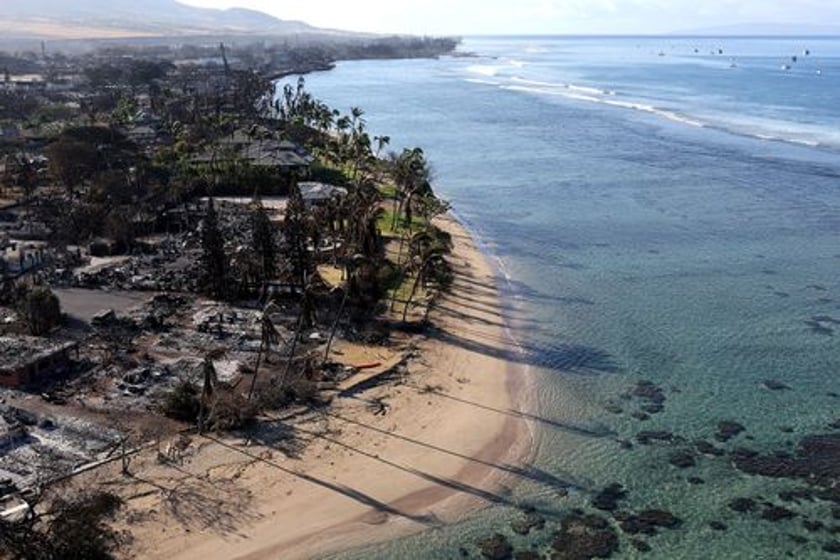Time to diversify Hawaii’s inbound tourism market
Hawaii must diversify its tourism market, shifting focus from Japan to other countries with stronger economies. This change offers new travel opportunities and enhances the visitor experience. The post Time to diversify Hawaii’s inbound tourism market appeared first on Travel And Tour World.


Hawaii’s economy relies heavily on tourism, which accounts for nearly a quarter of its overall economic activity. This reliance is even more pronounced on the neighbor islands, where tourism’s impact is greater compared to Oahu. Historically, Japanese tourists have been the largest group of foreign visitors to Hawaii due to Japan’s proximity, numerous flight connections between Tokyo and Honolulu, and a strong Japanese economy.
However, the COVID-19 pandemic drastically changed this dynamic. Tourism from Japan has significantly declined, and the Japanese economy has been similarly affected. Despite this, the Hawaii Tourism Authority (HTA) continues to focus on Japan with targeted campaigns like “Beautiful Hawaii” and “Yappari Hawaii,” utilizing digital and TV advertising, social media, partnerships, and trade education.
HTA needs to shift its focus to diversifying Hawaii’s inbound tourism market. Relying on Japan, which remains uncertain, is no longer viable. In HTA’s 2022 Annual Visitor Research Report, it was noted that at its peak in 2019, Japan sent nearly 1.6 million visitors to Hawaii. By 2022, this number had plummeted to fewer than 200,000, an 87% reduction. The rate of decline from 2020 to 2022 was 33.4%. As of March 2024, Japanese tourist numbers are still down by 53% compared to pre-pandemic levels.
Japan’s strict COVID-19 guidelines and travel measures have further weakened its economy. The Japanese yen has depreciated, making travel more expensive for Japanese tourists. Currently, $1 is equivalent to 155 Japanese yen, a 12% drop from the previous year.
In contrast, Canada has overtaken Japan as the largest source of international visitors to Hawaii. Before the pandemic, Canada sent 540,000 visitors, and by 2022, this number was 414,000. From 2020 to 2022, Canadian visitors increased by 152%. Other non-Northeast Asian countries saw a 102.5% increase, South Korea 139%, and Australia 276%.
The Australian, Singaporean, and Canadian dollars are at more favorable exchange rates compared to the Japanese yen. Currencies in South Korea and China have also remained relatively stable, only 2% and 3% weaker than the U.S. dollar, respectively, compared to Japan’s 12% decline.
HTA should prioritize these markets over the previously dominant Japanese market. Re-establishing connections with countries in the Asia-Pacific region is essential. Hawaii once had direct flights from South Korea through Jin Air, Singapore via Scoot Airlines, and Malaysia via Air Asia, but these routes were discontinued. The state government should encourage airlines to reopen these routes and create new ones to diversify the inbound tourist market.
For tourists and travelers, these changes mean new opportunities and more varied travel options to Hawaii. By diversifying its tourism markets, Hawaii can offer a more resilient and robust travel experience, ensuring visitors from multiple regions can enjoy the islands’ unique beauty and hospitality.
The post Time to diversify Hawaii’s inbound tourism market appeared first on Travel And Tour World.
















